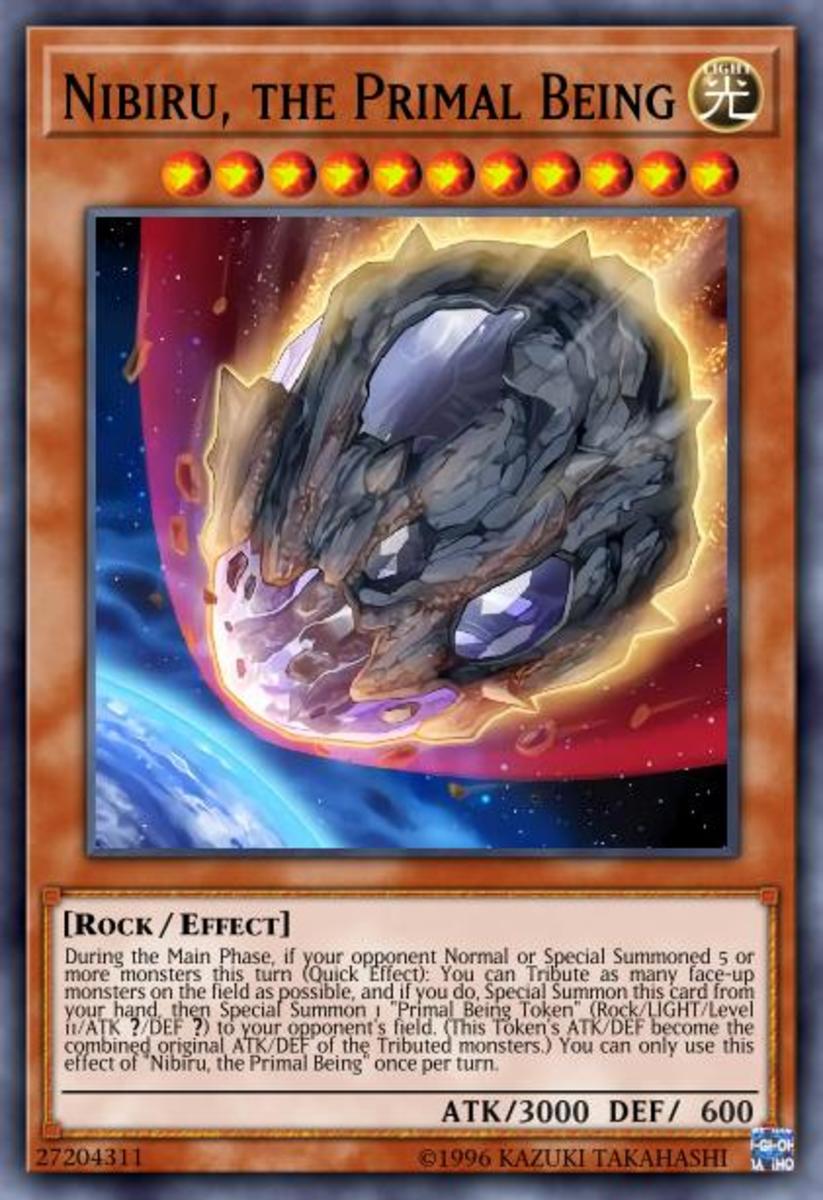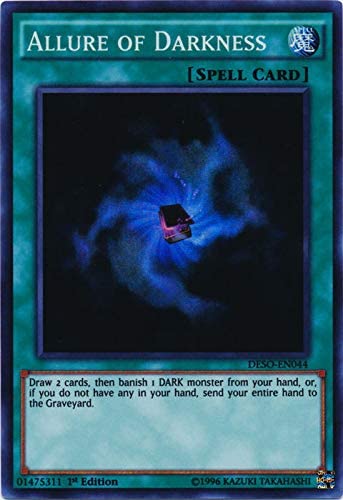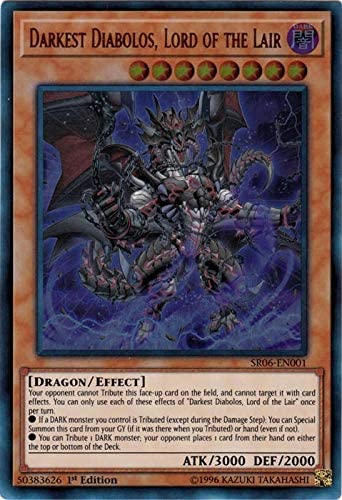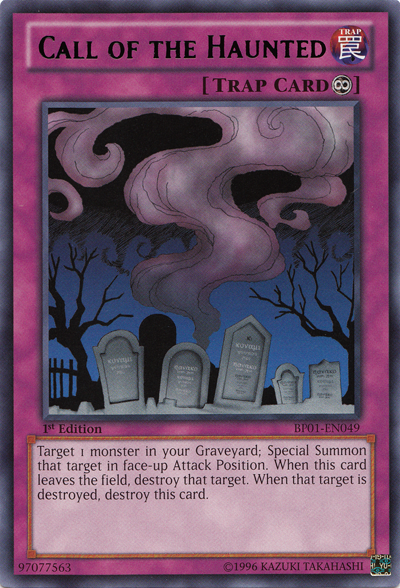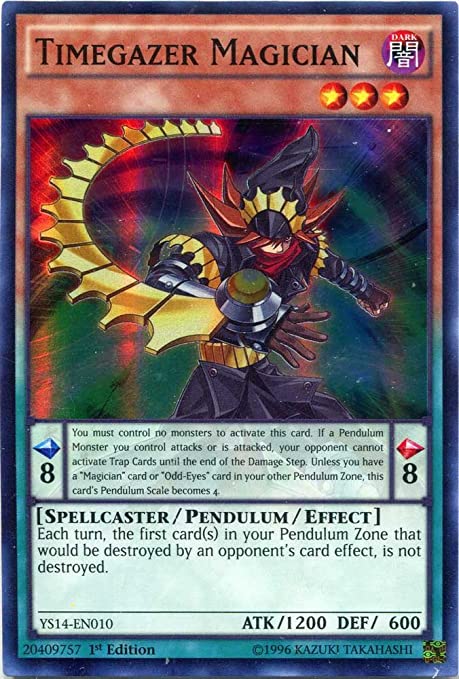Of all the cards Konami could have made Links are possibly my least favorite of all the types. Since it's initial release Links were looked upon with having the potential of slowing down the game as in its time YGO had become such a special fast paced game and it didn't look like it was going to slow down anytime soon. So Links were created to slow down the summons of pendulums, synchro's, fusions, and xyz's, at least initially. There was just one problem during the beginning of the era of Link monsters every YGO player that wanted to play YGO using their old decks were forced to add links to their extra deck and become super creative to use their old decks or completely forget the old decks and only focus on Link based decks.
So what does the Link monster look like? Look below.
This is what a link monster looks like and right off the bat it has a different design than what we have seen previously on other extra deck monsters. These have arrows around the card, there are the black ones that symbolize empty arrows then the lighter colored ones which are the link markers. Those I'll explain in a bit for now lets make us a link summon.
Lets try and summon Decode talker, seems easy enough it says that it needs 2+ monsters so I should only need to effect monsters to summon it right?...Right??? WRONG!! See Konami made these summoning mechanics pretty obscure and bleak for it's time that putting things like 2+ monsters was like saying a tuner and a non tuner monster is used for synchro summons.
Well give me a moment to be able to explain this without being really vague. Yes and no you can use 2 monsters to summon this monster. If we take a close look at the bottom right corner we see the it is a Link 3 monsters which means that at most you require 3 effect monsters to be able to summon this card for an example look below.
You have three effect monsters and send them to the graveyard as link material and summon out the link monsters and that's the first way to summon a link monsters
Now we have the second way with which to link summon using only 2 monsters. We can use smaller link monsters in order to summon the bigger ones. With this I mean if we were to use a link 2 monster and one effect monster then we can summon out the link 3 think of it as just 2+1=3 and bam there's a link 3 for the example look below
To the left have the link 2 Proxy Dragon and to the right we have the effect monster cyberse wizard, if send them to the graveyard then we can summon out decode talker.
Links have had a significant impact on the game since their release this is currently what their game state looks like however:
Link monsters can be used to open up the spaces to other link monsters or pendulum monsters that need to be summoned from the extra deck. Which is honestly so good because the game used to look like this:
So basically Link monsters used to dictate where xyz, fusion, synchros, as well as pendulum monsters could be summoned. This was just such a distasteful way of playing the game it was kind of boring to be honest.
That is link summons in a nutshell I hope for my case you don't ask questions about this but I will answer all questions about this thanks for reading and I will be back in the next blog.






